“Scotland’s a pretty place. I mean, as long as it ain’t raining.”
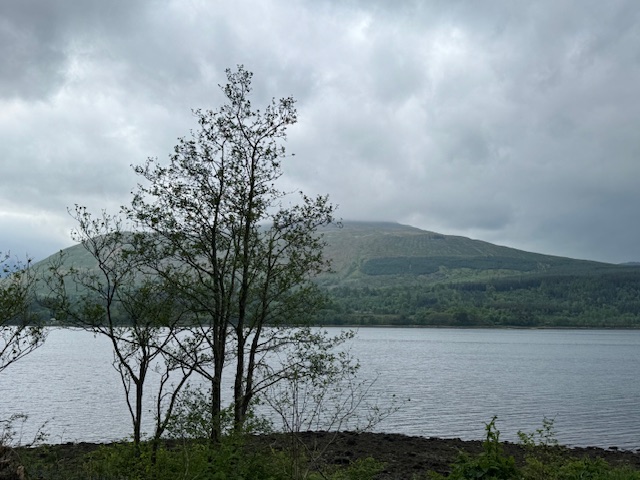
Boo Weekley, American professional golfer
Scottish Highlands: Glasgow to Oban
Having traveled along Scotland’s east coast via train, it’s now off to the Scottish Highlands of the west coast. While driving about in Scotland, you can’t always rely on the GPS drive time, being the roads are narrow, mostly curved and filled with slow-moving caravans (motorhomes). This makes passing a harrowing experience, so 90% of the time you’re driving below the speed limit.



Heading northwest from Glasgow, we’ll slowly make our way to Inveraray. Along the way, we’ll encounter dense forest, emerald green glens, breathtaking lochs (lakes), the inevitable rain and Porsches!


Duke and Duchess of Argyll – Inveraray Castle
Driving along the winding roads, there’s almost always a loch in sight, and for several miles, we’d be repeatedly passed by an ongoing, colorful caravan of Porsches. Dozens of them; and no problems with passing! Where they’re headed, who knows, but it wasn’t our destination – Inveraray Castle, located on the shores of Loch Fyne in Argyll. Btw, this is the longest loch in Scotland, stretching for 44 miles (71 km) and reaching into the sea.

The Castle, which is the ancestral home of the Dukes of Argyll, the head of Clan Campbell, has a rich history dating back to the early 15th century when the powerful Campbell family first resided in Inveraray.


Today, it’s a magnificent home to the current 13th Duke of Argyll, Torquhil Campbell, who inherited the title in 2001. The Duke plays a role in the local community and the preservation of Scottish heritage. It was the 10th Earl of Argyll who was instrumental in overthrowing King James II and the ascension of William III and Mary II. In recognition of his support, he was created the 1st Duke of Argyll in 1701. So, from Earl to Duke, there have been 23 generations that have been the head of the Campbell’s Clan. I’d imagine the Campbell soup guy is a long, lost relative.
The grand castle, as now seen, was constructed between 1746 and 1789; showcasing a blend of Baroque, Palladian and Gothic architectural styles. Our guided tour showed the sumptuousness of its interiors, with the lavish State Dining Room and the Tapestry Drawing Room, containing exquisite French tapestries and fine furniture.
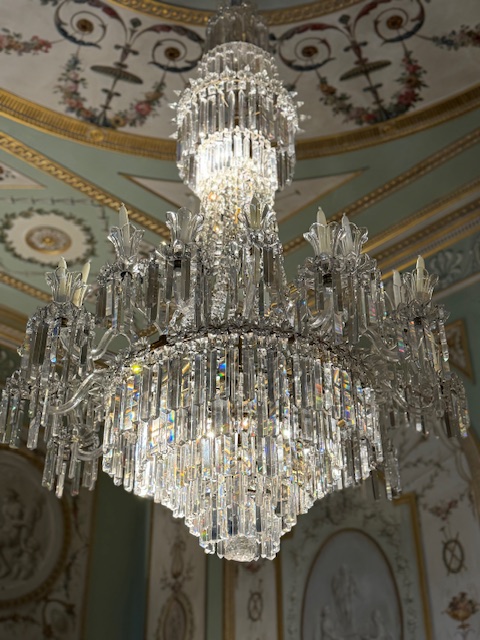


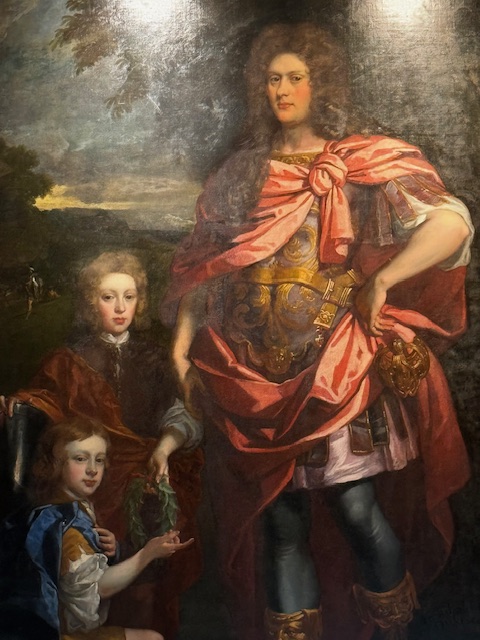



There’s also a notable collection of China, silver, and family heirlooms displayed in the Clan Room, which gives visitors a glimpse into the life and history of the Campbells.
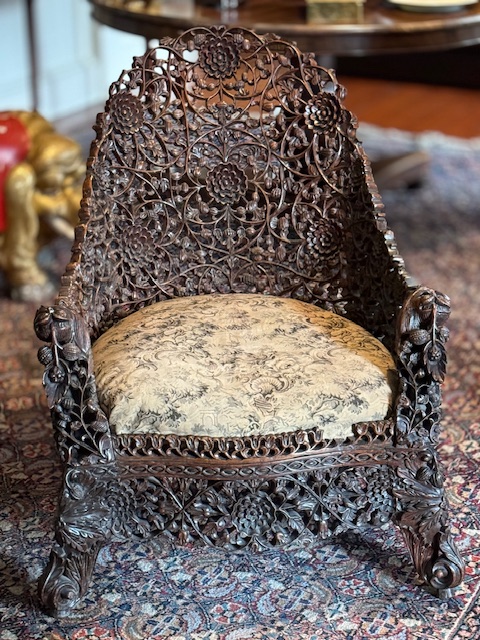
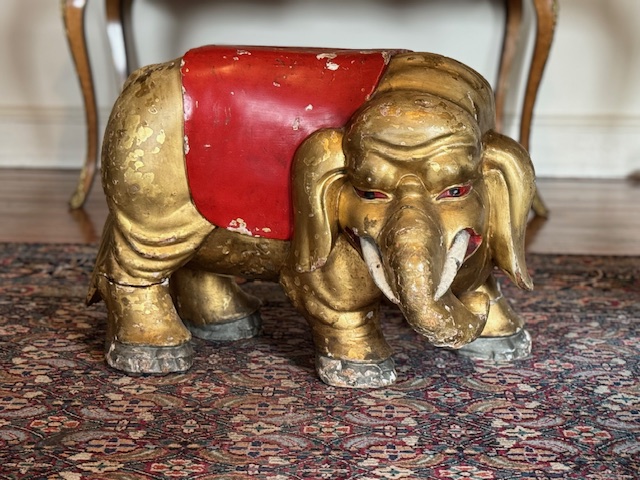
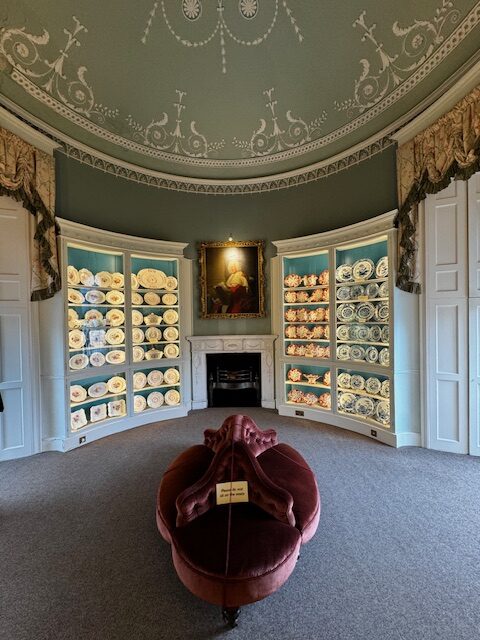
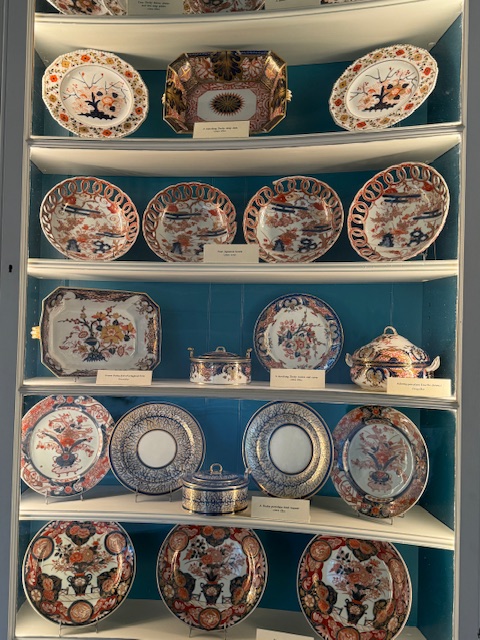
The Armory Hall boasts the highest ceiling in Scotland and houses an extensive collection of historic weapons. One immediately thinks, “Make Peace Not War!” when viewing the overwhelming amount of weaponry on display.
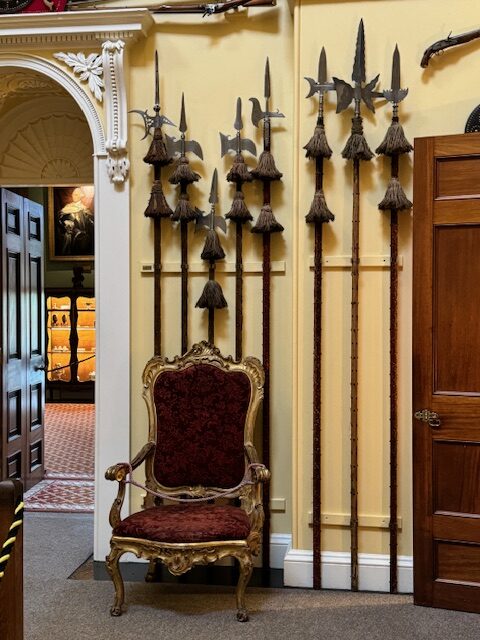
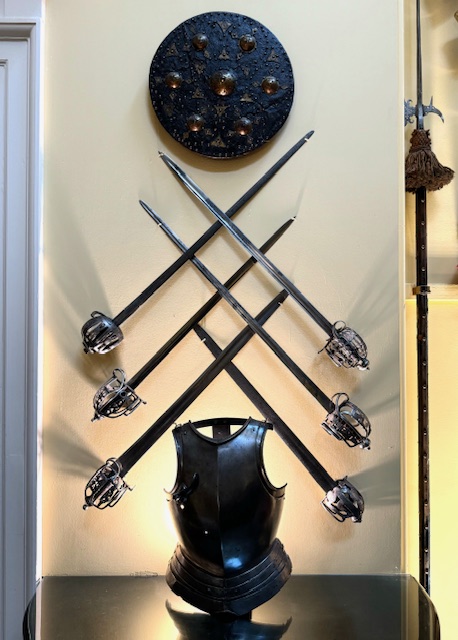
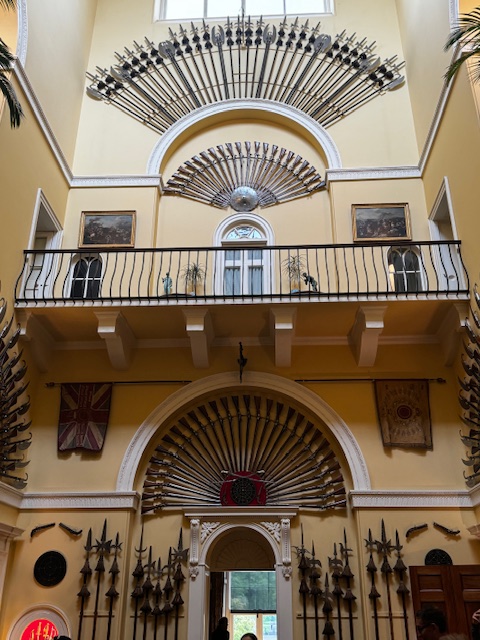

Surrounding the castle are 16 acres of beautiful gardens and woodlands, providing picturesque views and tranquil walks. Rhododendrons and azaleas are blooming. The miniature Japanese Maple trees were gorgeous, as was the surprising, gigantic Sequoia that loomed over the garden.

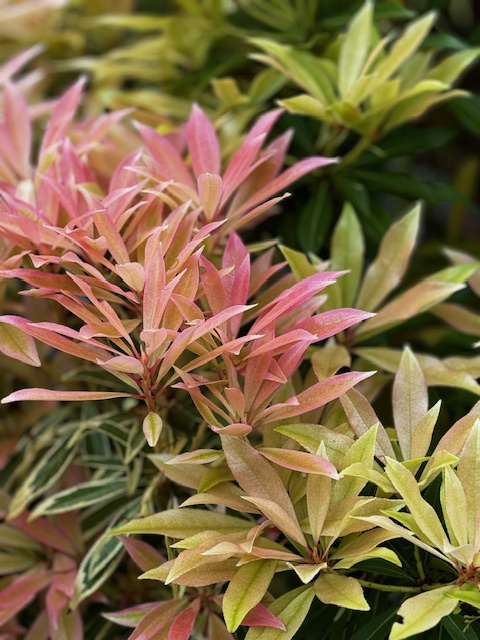

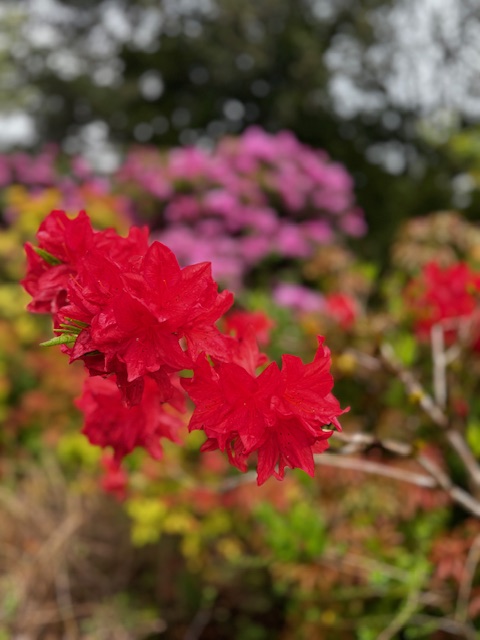


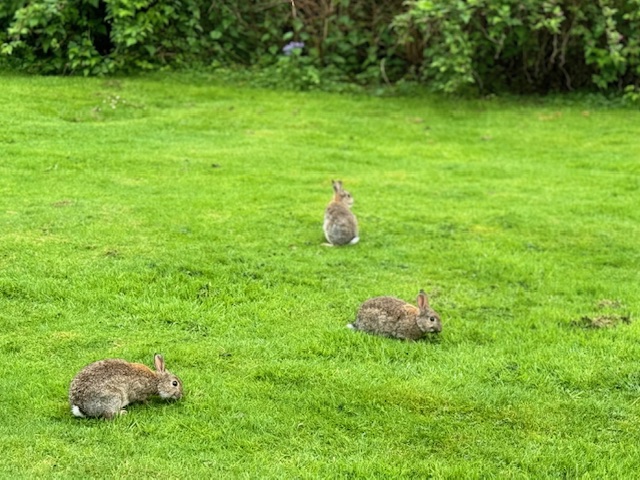
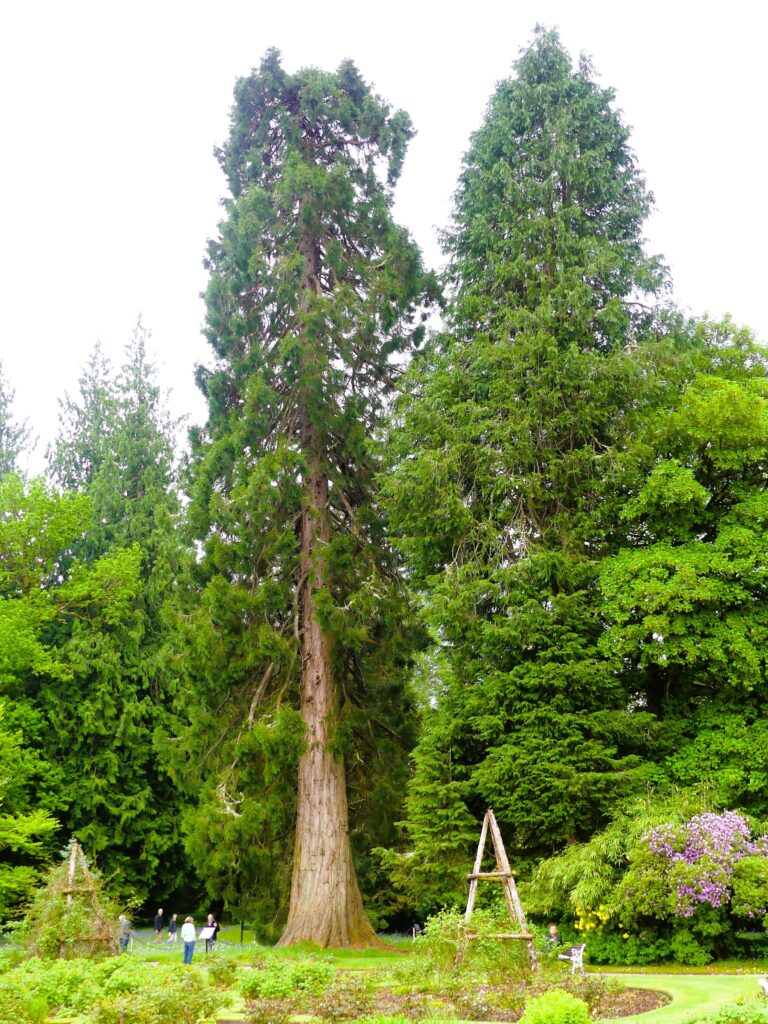
After our castle visit, we did a quick walk-thru of the tiny town of Inveraray (Pop. 600), and needed to nosh. What could be a better snack in Scotland than a Scotch Pie?! It’s a savory lamb-filled pastry, and a beloved part of Scotland’s culinary heritage. It has a rich history dating back to medieval times, known for its distinctive taste and texture.
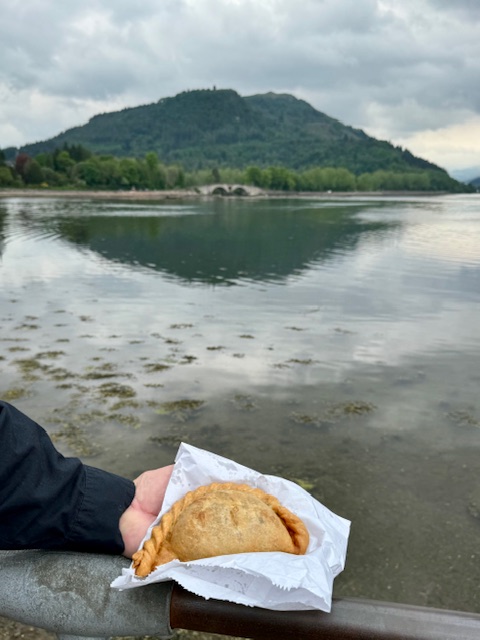
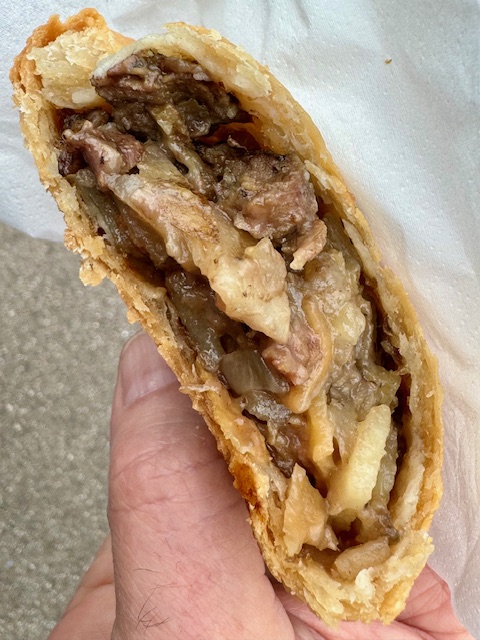
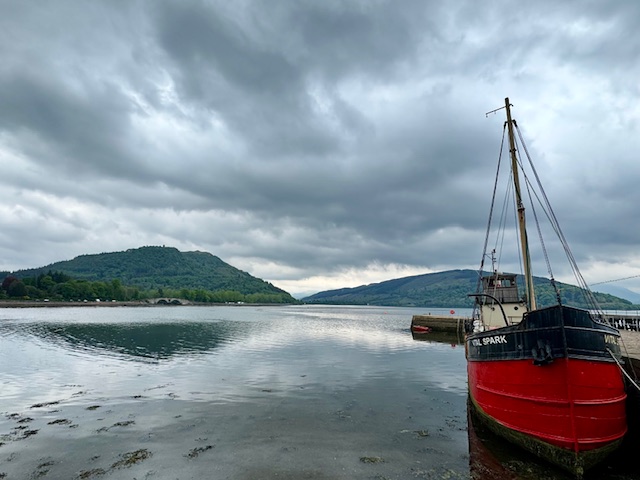

To me, it looked like an overstuffed empanada. The first bite of the well-balanced, seasoned lamb was enhanced by the beauty of its surroundings. We gobbled it down, standing along the waterfront; under the watchful and sharp-eyed seagull waiting for its share.
Oban
Oban, “Little Bay” in Gaelic (pop. 8,500), is a charming town located on the west coast of Scotland. It’s known as the “Gateway to the Isles” and the unofficial capital of the West Highlands. Whisky and seafood are its claim to fame.
The area around Oban has been inhabited since prehistoric times, with evidence of Mesolithic and Neolithic settlements.
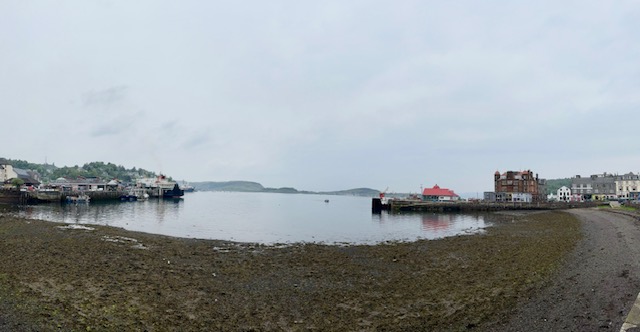
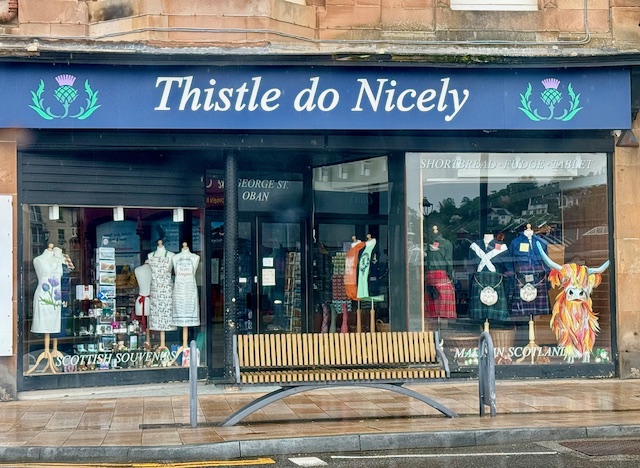
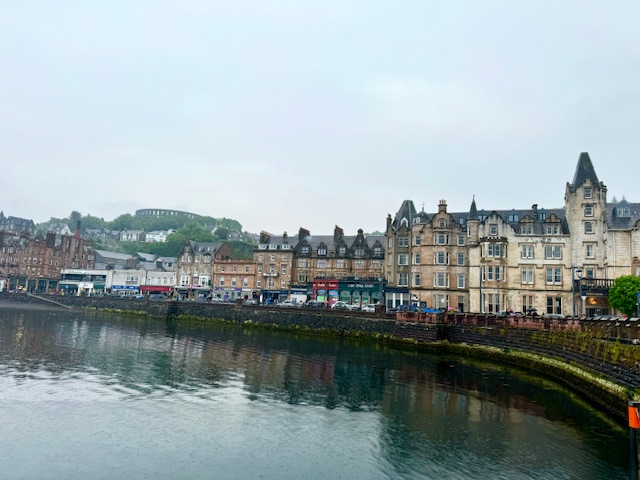
The modern town of Oban began to take shape in the late 1700s, with the establishment of a whisky distillery in 1794. The town grew rapidly around it during the Victorian era, fast becoming a popular holiday destination.
It’s raining when we arrive, and being short on time, we’ll get down to business and concentrate on the whisky and seafood aspects.
Oban Whisky Distillery
Whisky vs. whiskey … to sum it up, basically, Whisky is from Scotland, Whiskey is from Ireland.
What’s a trip to Scotland without visiting a whisky distillery? Our first-ever whisky tour was at a truly authentic and historic one: Oban Distillery. It’s one of Scotland’s smallest and oldest; conveniently located smack dab in the heart of town; a short walk from our hotel.
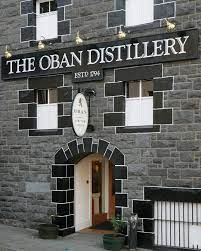

The distillery was founded by the Stevenson brothers, John and Hugh, in 1794. It predates the official establishment of the town of Oban, which grew up around the distillery. The Oban Distillery retains much of its original charm and historical architecture, featuring traditional stone buildings that blend-in perfectly with the town’s aesthetic
Agua, agua! It’s all in the water! The distillery uses fresh water from Loch Gleann a’Bhearraidh, which contributes to the distinctive flavor profile of Oban’s single malt Scotch whisky. Theirs is made from barley malted with peat, giving it a subtle smokiness, characteristic of Highland whiskies.
The distillery would play a significant role in the town’s history and economy; being a popular destination for whisky enthusiasts and tourists alike. Though not a whisky drinker, I do relish the experience of learning about the process, from malting and fermentation to distillation and aging. It informs me as to what all the fuss is about.



We’d like to report that we became devotees ~ converts, but sadly, no. Even through several tastings of their premium years-old whisky, we just couldn’t appreciate the nuances of it. Luckily, this saved us oodles of money in not buying a bottle or two to shlepp home. Tequila remains our poison of choice. Viva México!
As the rains continued … an inviting, lively waterfront seafood restaurant comforted us for dinner. It was a hot bowlful of the town’s best-known local dishes: Oban Seafood Chowder, that I was looking forward to chow-down. It’s a hearty and creamy soup traditionally made with a variety of fresh seafood, often including fish, shrimp, and sometimes shellfish. It was the perfect dish to order on a chilly, rainy night; warming the cockles of my heart! A Sticky Toffee Pudding put the cherry on top.
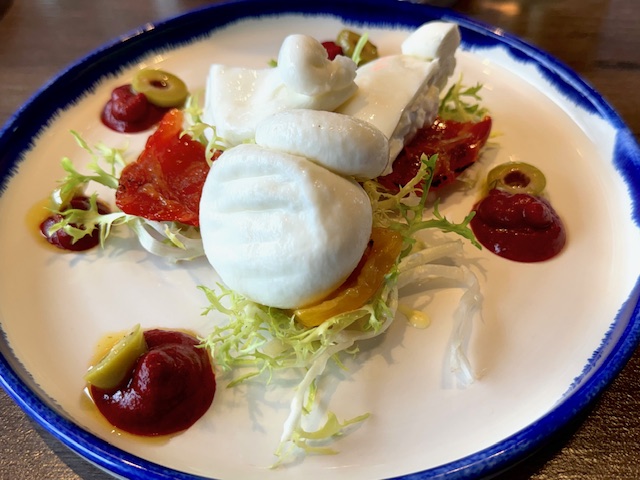

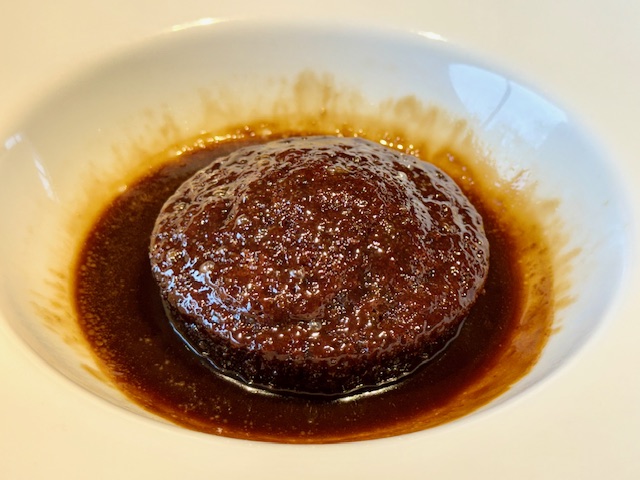
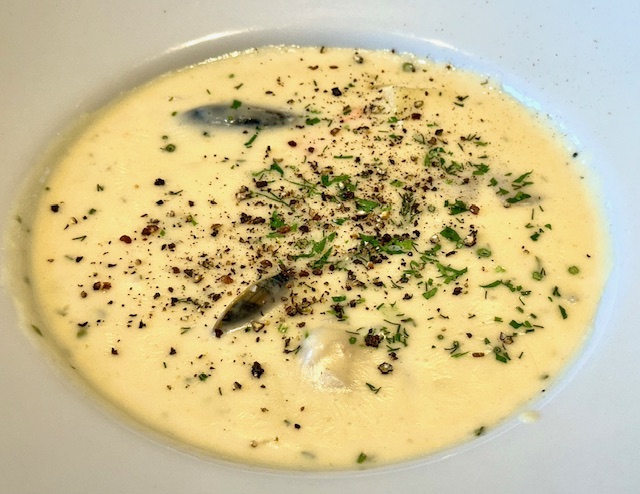

David’s salmon was the best he’s ever had; he couldn’t stop raving about its fresh, distinctive, sublime “Scottishness” … sourced close by. You can’t get better than that.
As seen on the road…
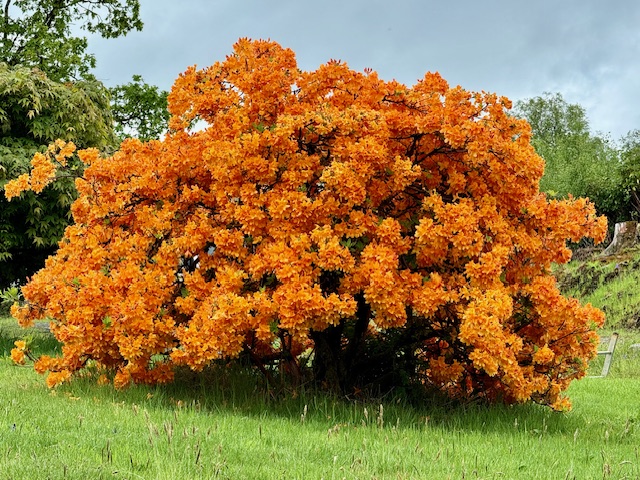

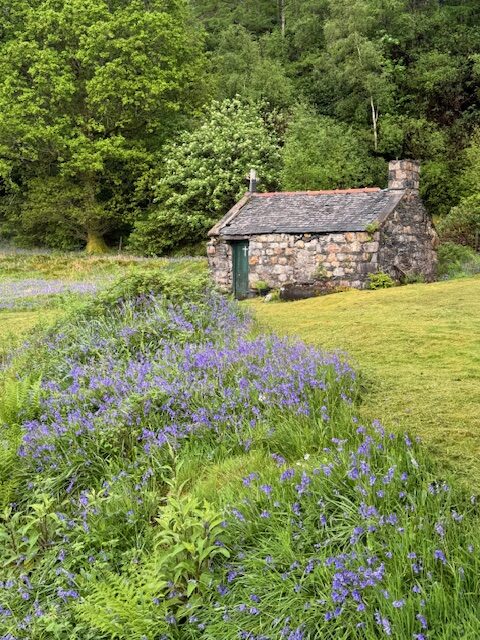
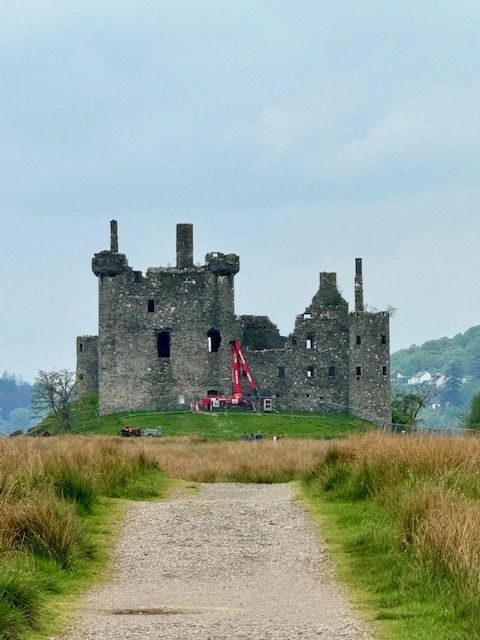
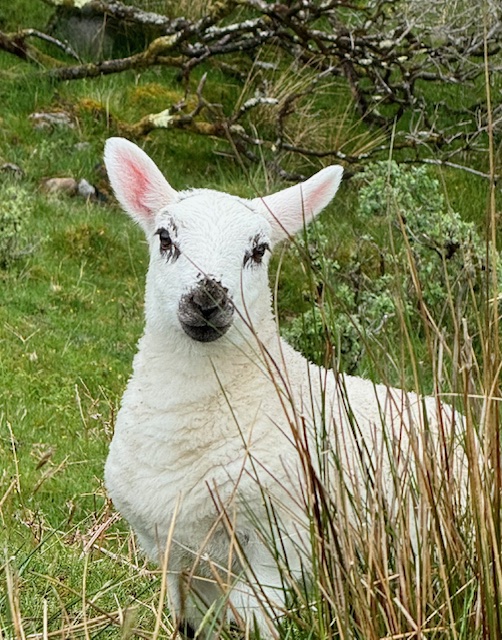

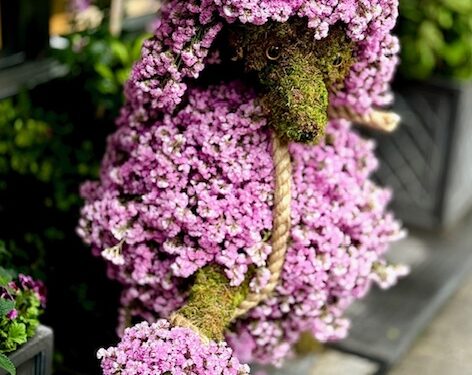


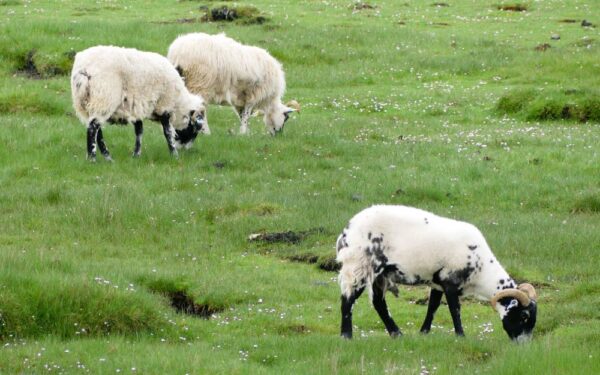
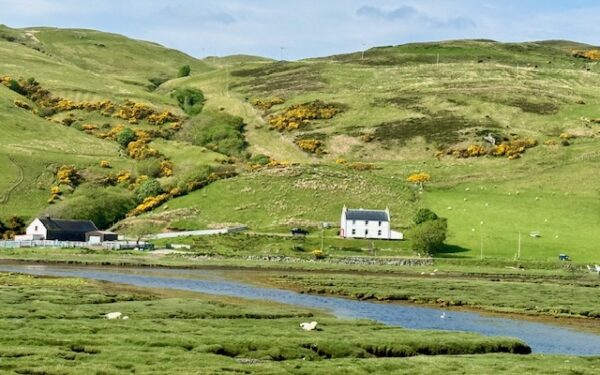
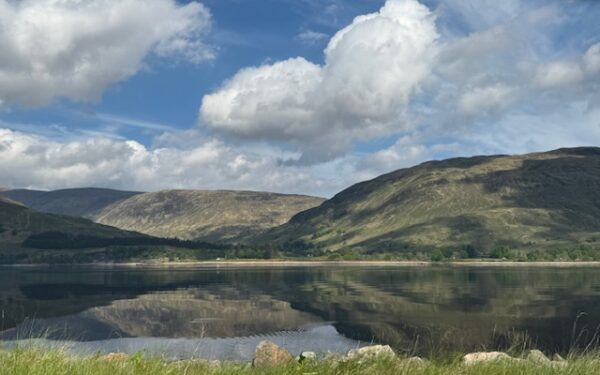
It is the rain that makes Scotland so pretty – And how many shades of green are there?
Love to you both
What a wonderful trip! Thank you for sharing!
wow- the Argylles’ what a legacy- did you grab me one of those plates???
Oban looks like such a sweet town-too- and you found oysters – of course you did!!
ew
Guys – so much to love (castles with elegant furnishings, fine art, and armory). Good to see rhododendrons and azaleas blooming in profusion; acid-loving plants that are native to West Virginia, too. Other Scotland favorites in order bunnies, salmon, and sticky toffee pudding! Glad you got to sample the Oban single malt Scotch; an acquired taste; we’ve never tried that particular brand. Fun trip!
Did you smuggle me back some Scottish Salmon??
Glasgow to Oban…
You and David truly experienced all the best Scotland has to offer during this fascinating journey. In very short order, skies go from calm and serene to angry and turbulent. The verdant landscape, mountains, lochs and peat bogs form a tapestry of rich greens and browns. Not to be outdone, the flora represents every color of the rainbow and the fauna are the cutest ever! Add in a whisky distillery and that’s Scotland!!